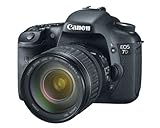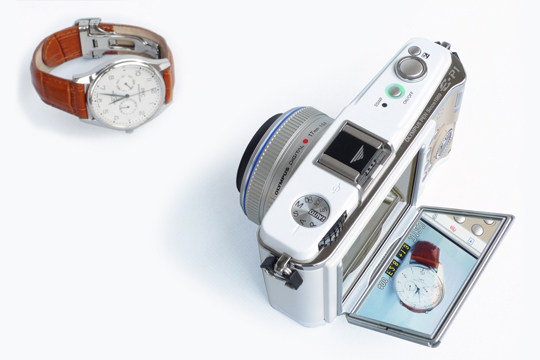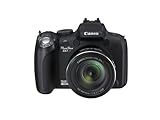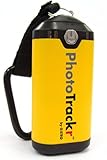Mon 16 Nov 2009
Canon D-SLR – 7D over Nikon D300s
Posted by Prakash under Photography
[2] Comments
Canon has launched a new 18 Megapixel Digital Camera. I don’t know if Megapixel matter anymore unless you are going to print large banners. Anyways here is the specs.
- 18 Megapixel
- 1080p HD Video recording at 30fps
- 8 Frames aper second continuous shooting
- Environmental sealing for those harsh environments: Beaches, Deserts and dusty places.
- Metallic Body
- CF Card (wonder why they didn’t standardise on SD)
- 19 Focal points
- Live View
- Built in Flash and optional external flashes
- HDMI Connectivity
- Weight 820g
- Option for Battery Grip (for extra batteries) or Wireless Grip which can directly upload to an FTP server or even have GPS capabilities.
Advantage over Nikon D300s
- 18 Megapixel vs. 12 Migapixel of Nikon D300s
- Full HD Video 1080p, Nikon D300s only support 720p
Nikon 300s Advantage
- 51 Focal Points vs 19 of Canon 7D
- Dual Card slot: CF and SD, Canon only support CF













